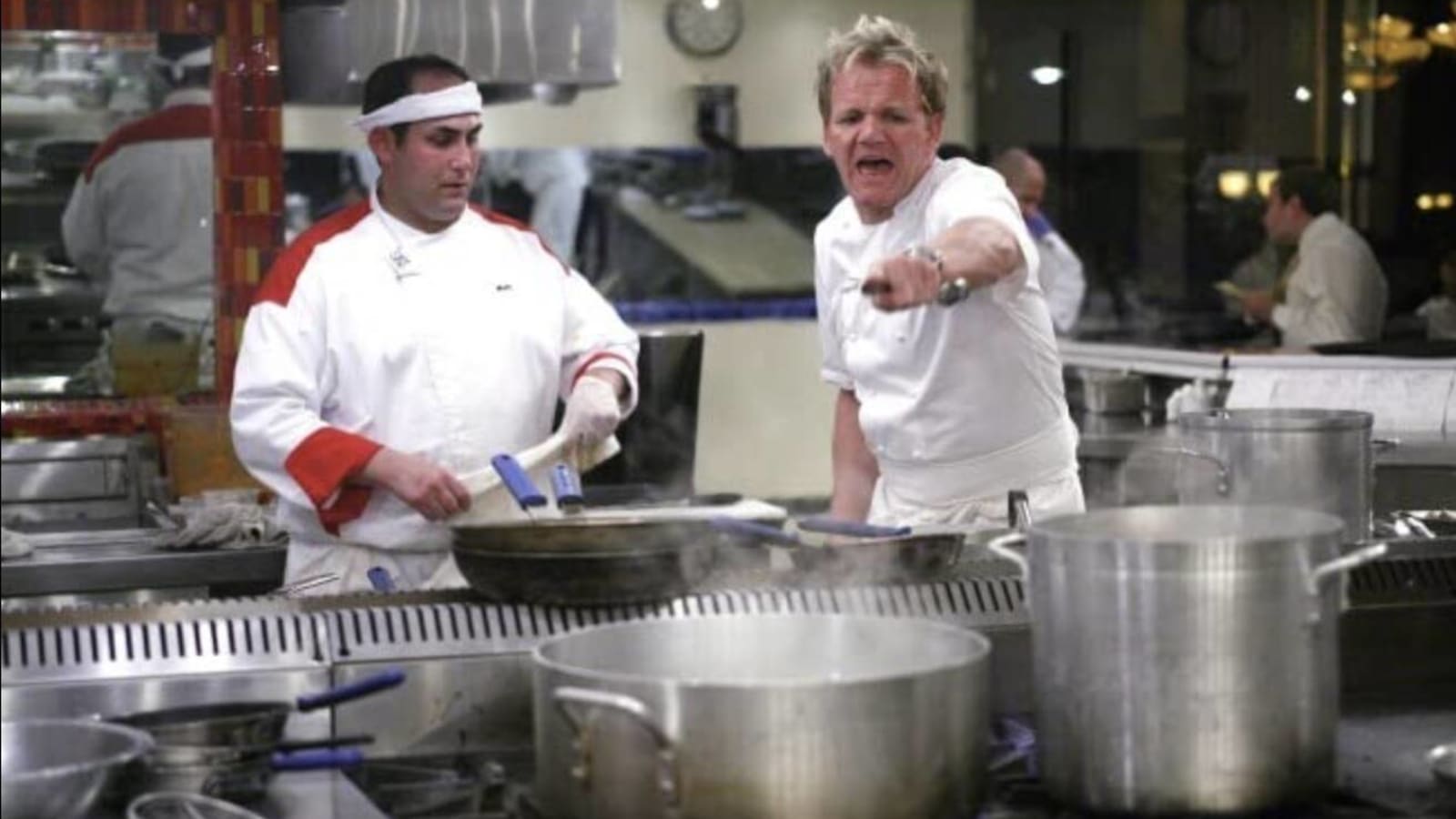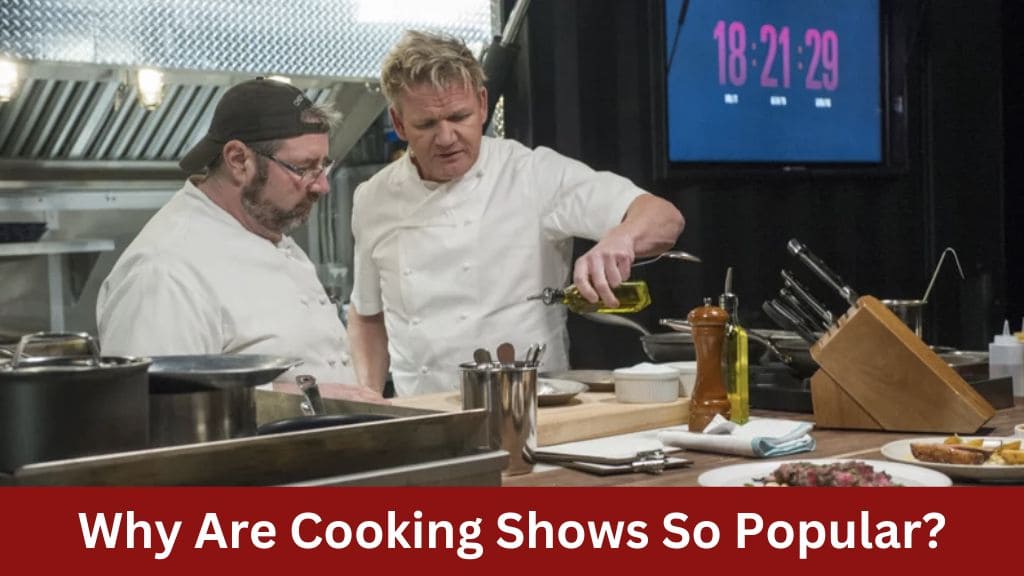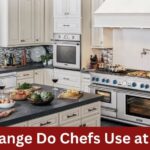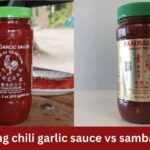In recent years, cooking shows have surged in popularity across various entertainment platforms, captivating audiences worldwide. From traditional television channels to streaming services like Netflix and YouTube, cooking shows have become a staple in the media landscape. But what exactly is it about these shows that make them so appealing to viewers? In this blog post, we’ll delve into the fascinating reasons behind the widespread popularity of cooking shows.
The Allure of Culinary Creations

Visual Delight: The allure of culinary creations lies not only in the taste but also in the visual feast they provide. Cooking shows excel at showcasing beautifully plated dishes, vibrant ingredients, and intricate cooking techniques. Each episode offers a visual spectacle, with close-up shots of sizzling pans, colorful produce, and meticulously garnished plates. Viewers are drawn to the artistry and craftsmanship displayed by chefs and home cooks, appreciating the attention to detail and creativity that goes into each dish.
Sensory Experience: Watching a cooking show is a multisensory experience that engages all the senses. The sight of a perfectly roasted chicken, the sound of onions sizzling in a hot pan, the aroma of freshly baked bread – these sensory cues evoke strong emotional and physiological responses in viewers. Research has shown that our brains are wired to respond to food-related stimuli, triggering pleasure centers and enhancing the overall viewing experience.
Aspirational Cooking: For many viewers, cooking shows serve as a source of inspiration and aspiration. The dishes presented on screen represent culinary excellence and mastery of the craft, motivating viewers to improve their own cooking skills and experiment with new recipes. Whether it’s a complex gourmet dish or a simple comfort food, cooking shows showcase the endless possibilities of the culinary world, encouraging viewers to push their boundaries and elevate their home cooking.
Cultural Appreciation: Culinary creations featured on cooking shows often reflect the cultural heritage and traditions of different regions and cuisines. Viewers are exposed to a diverse array of flavors, ingredients, and cooking techniques from around the world, fostering a greater appreciation for global gastronomy. By exploring the culinary customs of various cultures, cooking shows promote cross-cultural understanding and celebrate the rich tapestry of food traditions that unite us all.
Social Sharing: In the age of social media, culinary creations showcased on cooking shows have become fodder for online sharing and discussion. Viewers are eager to share their favorite recipes, cooking tips, and kitchen triumphs with friends and followers on platforms like Instagram, Facebook, and Pinterest. Cooking shows serve as a catalyst for social interaction and community building, inspiring viewers to connect over their shared love of food and cooking.
The Psychology Behind the Appeal

Sensory Stimulation: Cooking shows offer a rich sensory experience that captivates viewers on a psychological level. The sights, sounds, and aromas of cooking engage multiple senses simultaneously, triggering a cascade of neural responses in the brain. Research has shown that the brain’s reward centers light up in response to food-related stimuli, releasing feel-good neurotransmitters like dopamine and serotonin. This sensory stimulation creates a pleasurable experience for viewers, reinforcing their enjoyment of cooking shows and fostering a sense of satisfaction.
Imagined Taste and Texture: One fascinating aspect of the psychology behind the appeal of cooking shows is the phenomenon of imagined taste and texture. Studies have demonstrated that merely seeing visual cues of food can activate the brain regions responsible for taste perception. When viewers watch a chef prepare a delicious dish on screen, their brains simulate the taste and texture of the food, even in the absence of actual consumption. This phenomenon allows viewers to experience the sensory pleasure of eating vicariously through the visual medium of television or digital screens.
Emotional Connection: Cooking shows often evoke strong emotional responses in viewers, tapping into deep-seated associations with food, family, and culture. The act of cooking and sharing meals is deeply intertwined with human relationships and social bonding. Watching a cooking show can evoke feelings of nostalgia for cherished family recipes, childhood memories of baking with loved ones, or cultural traditions associated with specific cuisines. These emotional connections enhance the viewing experience, fostering a sense of warmth, comfort, and belonging.
Escape and Relaxation: In today’s fast-paced world, cooking shows offer a welcome escape from the stresses and pressures of daily life. Many viewers find solace in the soothing rhythms of chopping, sautéing, and baking portrayed on screen. The repetitive motions and familiar rituals of cooking can have a calming effect on the mind, helping viewers unwind and relax. Additionally, the visually appealing imagery and tranquil kitchen settings depicted in cooking shows create an oasis of calm amid the chaos of modern life, providing a therapeutic respite for weary souls.
Sense of Achievement: Cooking shows often feature skilled chefs and home cooks demonstrating their culinary prowess with confidence and flair. For viewers, witnessing the mastery and expertise of these cooking professionals can instill a sense of admiration and aspiration. The act of cooking itself is inherently rewarding, as it allows individuals to create something tangible and meaningful with their own hands. By following along with recipes and cooking techniques demonstrated on screen, viewers experience a sense of accomplishment and empowerment, boosting their self-esteem and culinary confidence.
The Evolution of Cooking Shows

Educational Beginnings: Cooking shows have a rich history that dates back to the early days of television. In their infancy, cooking shows were primarily educational in nature, designed to teach viewers basic cooking skills and techniques. Hosted by home economists and culinary experts, these programs aimed to provide practical guidance to homemakers on meal planning, recipe preparation, and kitchen management. Shows like “The French Chef” with Julia Child and “The Galloping Gourmet” with Graham Kerr laid the groundwork for the genre, emphasizing the importance of culinary education and homemaking skills.
Mainstream Entertainment: As television evolved, so too did cooking shows. In the 1980s and 1990s, cooking programs began to transition from purely instructional formats to mainstream entertainment. Celebrity chefs like Emeril Lagasse, Wolfgang Puck, and Rachael Ray emerged as charismatic personalities, bringing a new level of excitement and flair to the genre. Cooking shows became more dynamic and visually appealing, incorporating elements of humor, drama, and spectacle to engage a broader audience. The rise of competitive cooking shows like “Iron Chef” and “Top Chef” further solidified the genre’s appeal, introducing high-stakes challenges and culinary showdowns that kept viewers on the edge of their seats.
Cultural Diversity and Global Cuisine: In recent years, cooking shows have embraced cultural diversity and global cuisine, reflecting the increasingly multicultural landscape of society. Viewers are exposed to a wide array of international flavors, ingredients, and cooking techniques, opening their eyes to the rich tapestry of global gastronomy. Shows like “Anthony Bourdain: Parts Unknown” and “Chef’s Table” take viewers on culinary journeys around the world, exploring the cultural significance of food and the stories behind the people who create it. This emphasis on cultural exploration and culinary diversity has resonated with audiences seeking authentic and immersive food experiences.
Digital Revolution: The advent of digital streaming platforms has revolutionized the way cooking shows are produced and consumed. Streaming services like Netflix, Hulu, and Amazon Prime Video have become hubs for culinary content, offering viewers access to a vast library of cooking programs, documentaries, and food-related series. The on-demand nature of digital streaming allows viewers to watch their favorite cooking shows anytime, anywhere, on a variety of devices. Additionally, social media platforms like YouTube and Instagram have democratized the genre, enabling amateur chefs and food enthusiasts to share their culinary creations with a global audience.
Innovation and Experimentation: Today, cooking shows continue to evolve and innovate, pushing the boundaries of creativity and experimentation. From food trucks to fusion cuisine, from molecular gastronomy to plant-based cooking, the culinary landscape is constantly evolving, and cooking shows are at the forefront of these trends. Viewers are exposed to new and innovative cooking techniques, ingredients, and flavor combinations, inspiring them to expand their culinary horizons and embrace the latest culinary trends. Shows like “Chef’s Table” and “Nailed It!” celebrate the artistry and creativity of chefs and home cooks alike, showcasing their unique perspectives and culinary talents.
The Rise of Digital Platforms
Accessibility: Digital streaming platforms have revolutionized the way cooking shows are produced, distributed, and consumed. Unlike traditional television networks with fixed schedules, digital platforms offer viewers the flexibility to watch their favorite cooking programs anytime, anywhere, on a variety of devices. Whether it’s a smartphone, tablet, smart TV, or computer, viewers can access cooking content with just a few clicks or taps. This level of accessibility has democratized the genre, making cooking shows more inclusive and accessible to a global audience.
Diverse Content: Digital platforms boast a diverse array of cooking content catering to a wide range of tastes and preferences. From traditional cooking shows hosted by celebrity chefs to quirky food challenges and DIY cooking tutorials, there’s something for everyone in the vast landscape of online culinary content. Viewers can explore niche cuisines, dietary trends, and food cultures from around the world, discovering new recipes, techniques, and culinary inspirations with just a few keystrokes or swipes.
Global Reach: One of the most significant advantages of digital platforms is their global reach. Unlike traditional television networks limited by geographic boundaries, digital streaming services can reach audiences across the globe. Viewers from different countries and cultures can access cooking shows from around the world, gaining insight into diverse culinary traditions and regional specialties. This global perspective fosters cross-cultural exchange and appreciation, enriching the culinary landscape with a melting pot of flavors and influences.
Original Programming: Digital platforms have become hotbeds for original cooking programming, featuring exclusive content produced specifically for online audiences. Streaming giants like Netflix, Hulu, and Amazon Prime Video invest heavily in original cooking shows, attracting top culinary talent and creating buzzworthy content that resonates with viewers. These platforms offer creative freedom and flexibility for chefs and content creators to experiment with innovative formats, storytelling techniques, and production styles, resulting in a diverse array of cooking content that pushes the boundaries of the genre.
Interactive Features: Digital platforms often incorporate interactive features and engagement tools that enhance the viewing experience. Viewers can interact with cooking shows in real-time, participating in live chats, polls, and Q&A sessions with hosts and guests. Some platforms even offer interactive cooking tutorials and virtual cooking classes, allowing viewers to follow along with recipes and cooking demonstrations in their own kitchens. These interactive features foster a sense of community and collaboration among viewers, encouraging them to share their own culinary creations and tips with fellow food enthusiasts.
Conclusion
The popularity of cooking shows can be attributed to a combination of factors, including their visual appeal, educational value, psychological appeal, evolution as entertainment, cultural exploration, and accessibility on digital platforms. Whether it’s the allure of culinary creations, the comfort of familiar flavors, or the excitement of global gastronomy, cooking shows continue to captivate audiences worldwide. As our love affair with food and cooking shows no signs of waning, it’s clear that these culinary spectacles will remain a beloved genre in the realm of entertainment for years to come.






